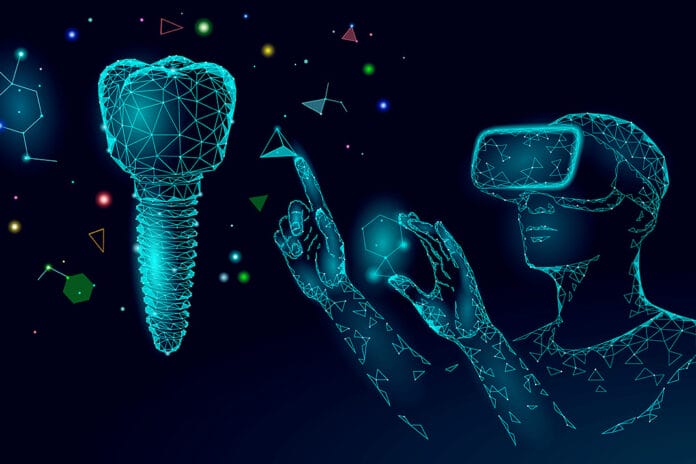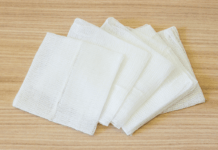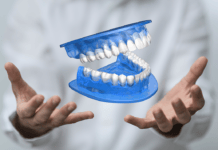Dental implants help our patients to smile with confidence and chew their food properly, thus improving their quality of life. But unfortunately, dental implants can lead to bone loss if not properly taken care of. This may happen for a variety of reasons, like from infection and inflammation due to peri-implantitis or even from the type of implant itself. Ideally, early interventions would benefit our patients, but finding and diagnosing marginal bone loss on radiographs can be tricky and often missed, especially in the earlier stages.
Dental medicine has seen many great advancements over the years, and in a study published in 2022, researchers used artificial intelligence to find bone changes in radiographs of dental implant patients. The study then compared the computer’s findings to that of a medical student, a resident dentist, and an experienced dentist in order to compare and contrast their results.
Artificial Intelligence in the Dental Field
Finding and diagnosing bone loss often depends on the type of radiograph, as well as the observer’s keen eye. Cone-beam computed tomography, regarded as the best at finding jawline morphology, captures a three-dimensional image of the whole mouth at once. On the other hand, periapical radiographs, which are more commonly found in dental offices, and desirably use less radiation, result in two-dimensional images, making marginal bone loss a bit harder to see. Artificial intelligence offers some promise since previous studies found success in using convolutional neural networks (CNNs) to find dental caries, osteoporosis, and bone loss on radiographs.
The Study
This study used 1,670 periapical radiographs, divided between 835 case images with bone loss and 835 control images without bone loss, of patients with dental implants from Peking University’s School and Hospital of Stomatology. CNNs usually take a very long time to sort through data, but this study used one called “faster R-CNN,” where the R stands for “region-based.” As the name suggests, it sorts through data quickly and efficiently by targeting specific areas on the radiograph.
First, 1,370 radiographs trained the faster R-CNN to find marginal bone loss near dental implants. An additional 150 served as a “validation set” to fine-tune the system during training, overseen by an experienced dentist, as well as a radiologist. Once ready, the remaining 150 images were used as a “test set,” where the faster R-CNN, a medical student, a resident dentist, and an experienced dentist identified marginal bone loss near dental implants. Afterward, the data underwent statistical analysis.
Results
This study finds that the faster R-CNN performed as well as the resident dentist, but not as well as the experienced dentist when looking for marginal bone loss near dental implants on periapical radiographs. As the severity of bone loss increased, the agreement between the faster R-CNN and humans also increased. When evaluating the radiographs, there was agreement, and some disagreement, between the human observers.
This study finds that artificial intelligence can be trained to find bone loss on periapical radiographs and shows great promise in future applications. However, there are limitations, like the limited set of training radiographs. The researcher state that future studies are recommended.
Artificial Intelligence and Your Patients
Artificial intelligence continues to improve the dental field each day and has many potential uses for our patients. For example, as in the case of patients with dental implants, artificial intelligence may detect bone loss earlier and may potentially improve our patients’ oral health.
However, radiographs only tell one side of the story. In addition to utilizing new technologies, our patients should also continue to schedule regular preventive care, undergo occasional periodontal evaluations, practice proper oral hygiene, and take care of their overall health and wellness.











